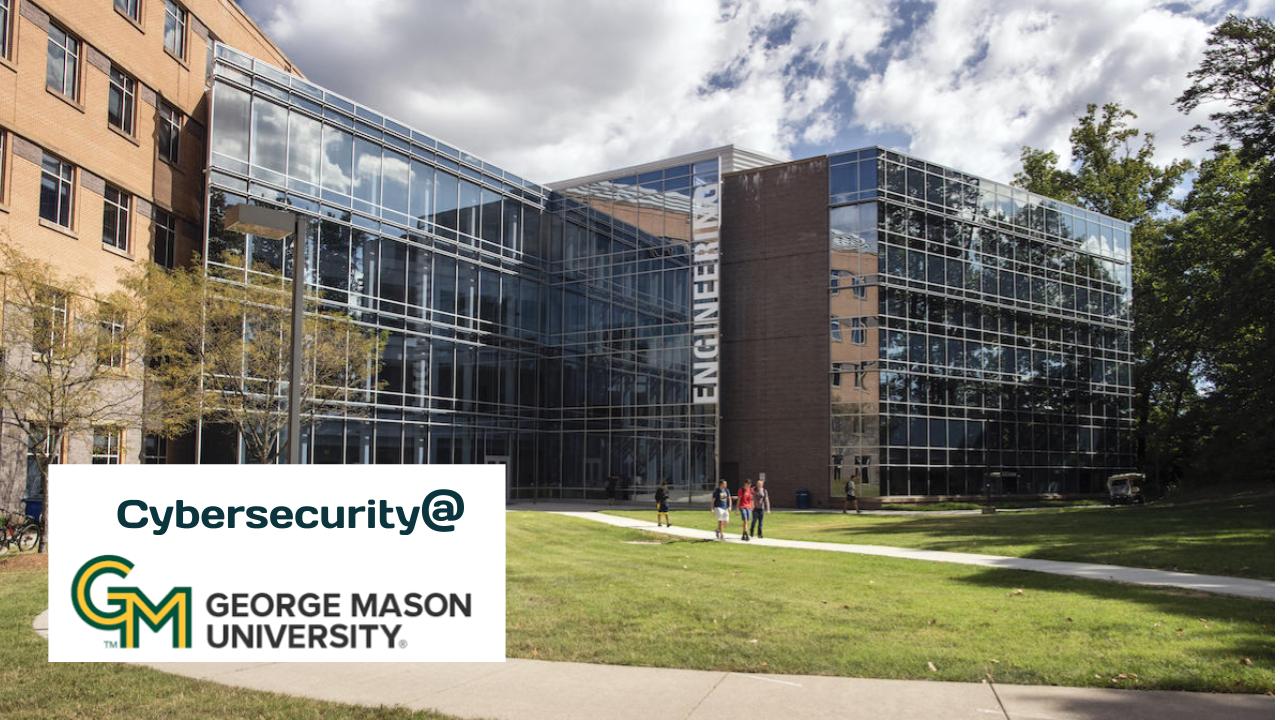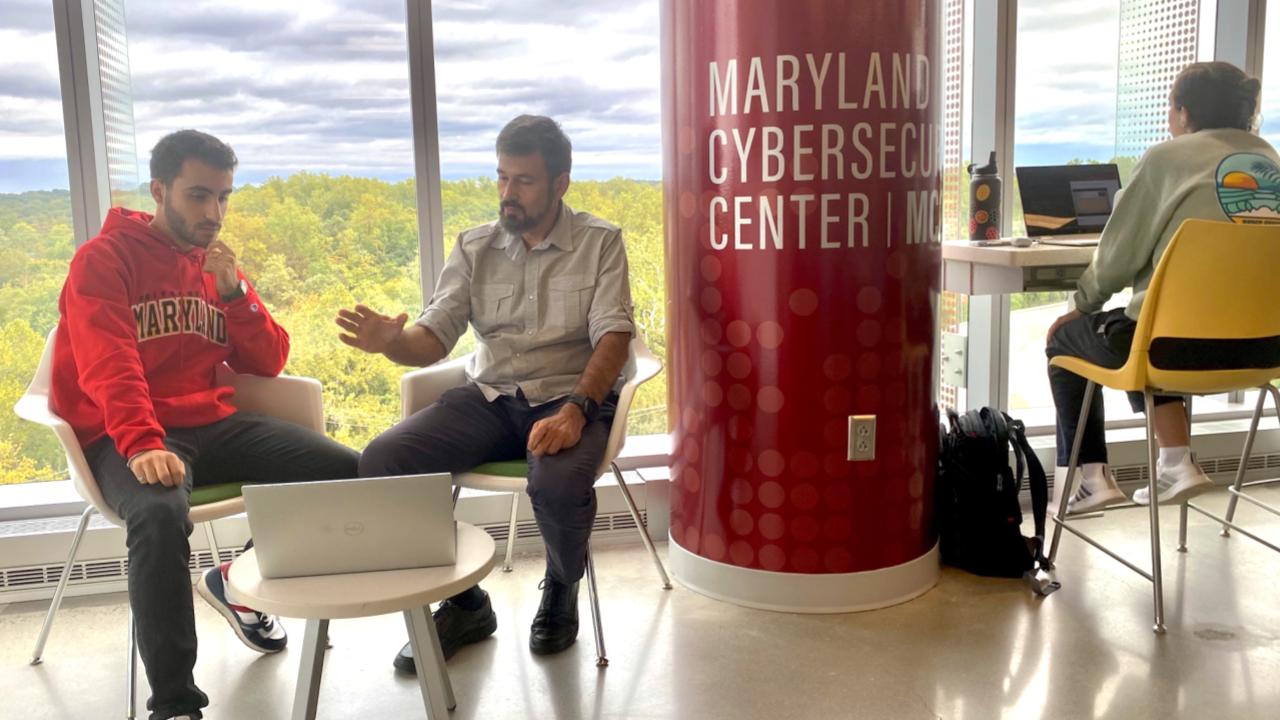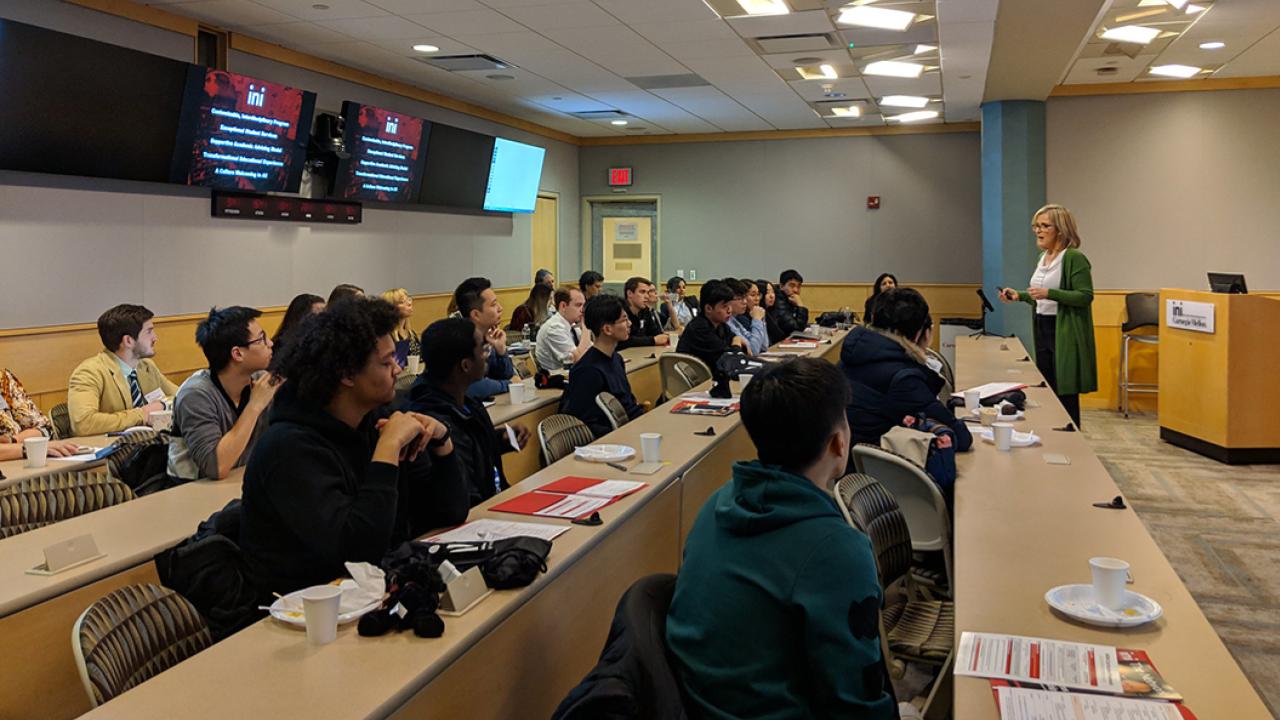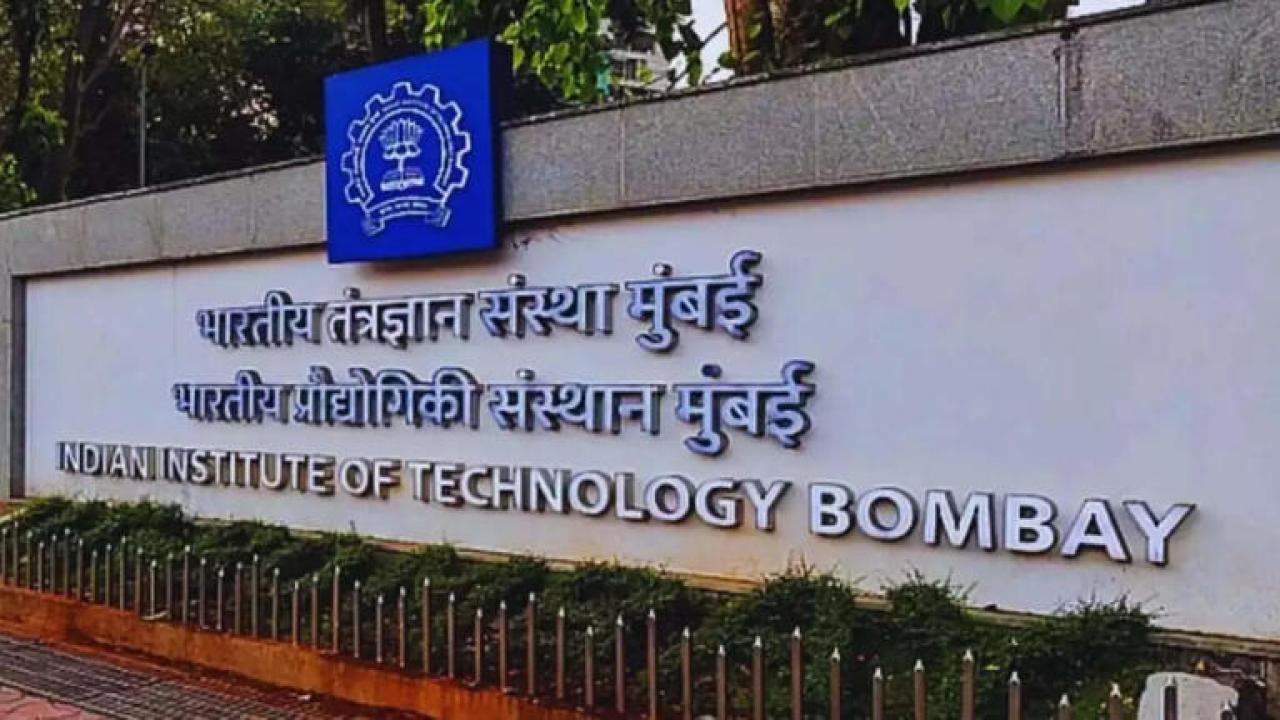The top global universities for cybersecurity include Carnegie Mellon University, Massachusetts Institute of Technology (MIT), Stanford University, University of Oxford, and Tsinghua University.
These institutions are frequently cited for their leading programs, strong research in cybersecurity, and partnerships with industry and government.
OnAir Post: Top universities









